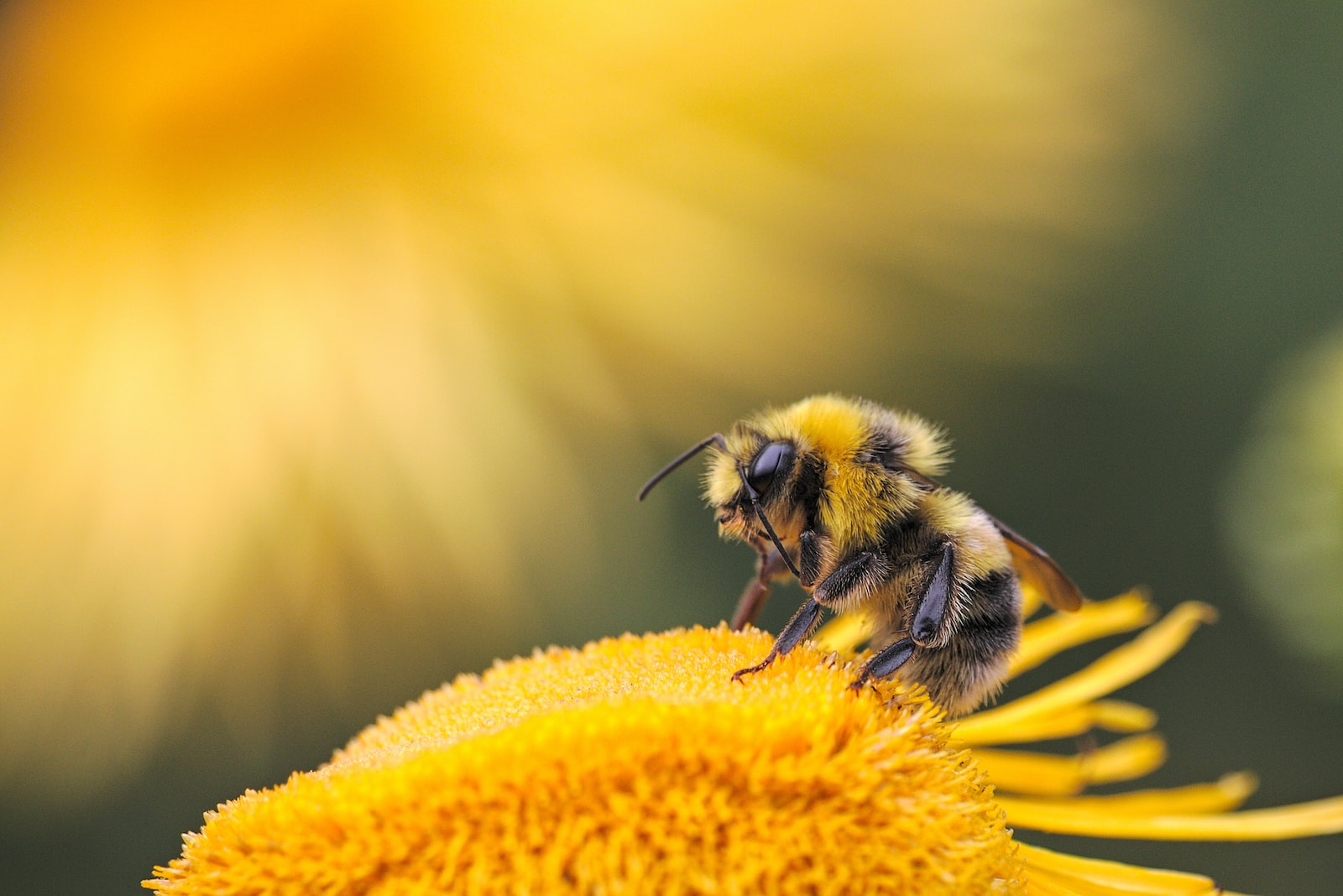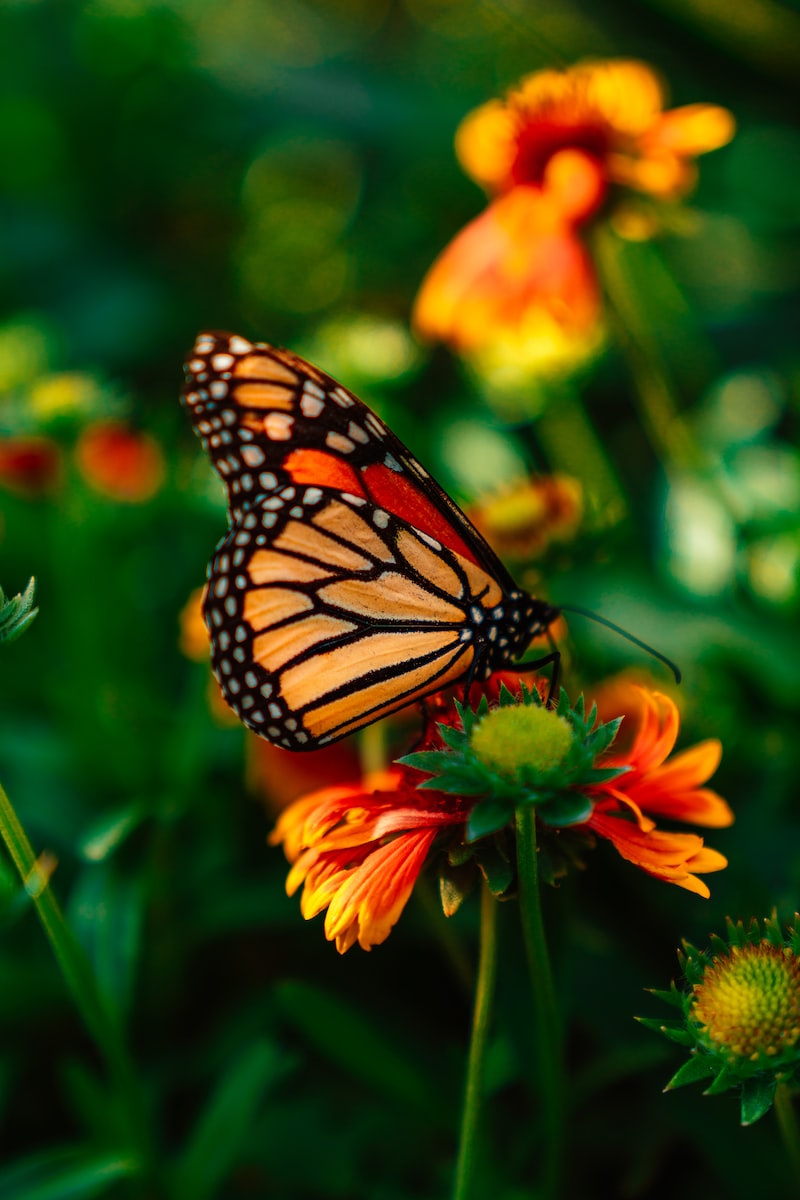Creating a garden designed to attract butterflies, hummingbirds and bees is a rewarding and enjoyable way to help the environment and bring color and life to your outdoor space. Whether you have a large area or just a small patch of land, there are a few steps you can take to grow a beautiful and thriving garden filled with these amazing creatures.
If you are wondering how to plant a butterfly, hummingbird and bee garden, read below for some great tips!
Step 1: Plan your garden
The first step is to plan out your garden space. You’ll need to consider the size of your plot and the amount of sunlight it will receive. Additionally, you’ll want to think about the type of plants and flowers you’d like to include in your garden. Be sure to choose species that will attract your target wildlife and provide the necessary nectar and pollen sources. Other things to consider when planning your garden are:
- Plant in clusters rather than one plant scattered around the garden. This will help to attract more pollinators.
- Choose plants with different heights and colors to create an attractive garden.
- Leave some areas of your garden in an undisturbed state. This will provide a haven for pollinators and other wildlife.
- Avoid pesticides as these can be harmful to them.
- Monitor your garden regularly to ensure that it is providing a safe and welcoming environment for its inhabitants.
Step 2: Choose the right plants
When selecting plants for your garden, it’s important to choose species that will attract these creatures. Some of the best plants for that are herbs, wildflowers, native grasses, and shrubs. Many types of native plants have nectar-rich flowers that hummingbirds and butterflies love. Additionally, you’ll want to pick a variety of plants that will bloom at different times throughout the season.

Step 3: Plant your garden in an area that gets plenty of sunlight
Sunlight is essential for the growth of plants, plants need sunlight to produce food, and pollinators rely on the nectar and pollen that flowering plants produce. Sunlight also helps to keep the plants healthy by providing the warmth they need to thrive. When you plant a butterfly, hummingbird and bee garden in an area that gets plenty of sunlight, you create a habitat that is more likely to attract these pollinators, thus increasing the chances of success for the garden.
Step 4: Create a water source
All of these creatures need a source of water to drink and bathe in, a small birdbath or shallow dish can provide a great source of water for them. Hummingbirds need water for drinking, and for keeping their feathers clean and in good condition. Butterflies and bees need water for drinking and breeding. A water source also helps to attract more wildlife to the garden, which in turn helps to promote a healthy ecosystem.
Step 5: Provide shelter for your garden visitors
This is important for several reasons. First, it helps create a safe environment for these beneficial insects and birds to thrive. These creatures are essential for pollinating plants, which helps to ensure a healthy garden. Additionally, providing shelter for these visitors helps to reduce the risk of predation by other animals, such as cats or birds. Providing shelter also helps to keep these visitors in your garden longer, allowing them to perform their pollination duties more efficiently.

The importance of butterfly, hummingbird and bee gardens
These types of gardens are becoming increasingly popular due to their ability to attract and support wildlife, beautify the landscape, and provide a healthy ecosystem for beneficial insects. These gardens can be a great way to bring nature into your backyard and can provide a haven for these important species.
Hummingbirds are one of the most colorful and delightful birds in North America. They are important pollinators, as they visit a variety of flowers to feed on nectar and spread pollen from flower to flower. Just like hummingbirds, butterflies are also essential pollinators and play an important role in our ecosystems. Bees are essential to the health of our environment, providing pollination for many of the plants we rely on for food. Unfortunately, the bee population has been in decline for many years due to a variety of factors, including habitat loss and the use of pesticides. Planting bee gardens is one of the best ways to help combat this decline by providing a safe and plentiful source of food and habitat for these essential pollinators. Bee gardens also provide a safe and inviting place for bees to gather and socialize. This helps to increase the chances of successful pollination, as bees are more likely to be in an area where there are multiple sources of food and a safe place to rest.
Conclusion
Planting a butterfly, hummingbird and bee garden is a great way to introduce more wildlife into your yard and give yourself a beautiful and unique display of nature. With some careful planning and research, you can create a garden that will attract a variety of these species. You can also make sure that your garden is providing the necessary food, water, and shelter for the wildlife to survive and thrive.



